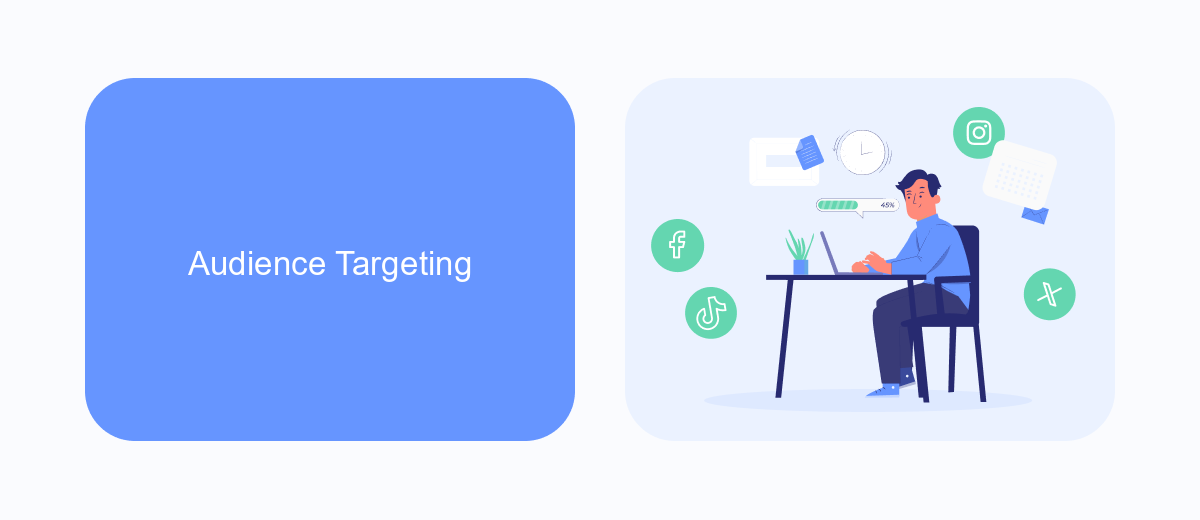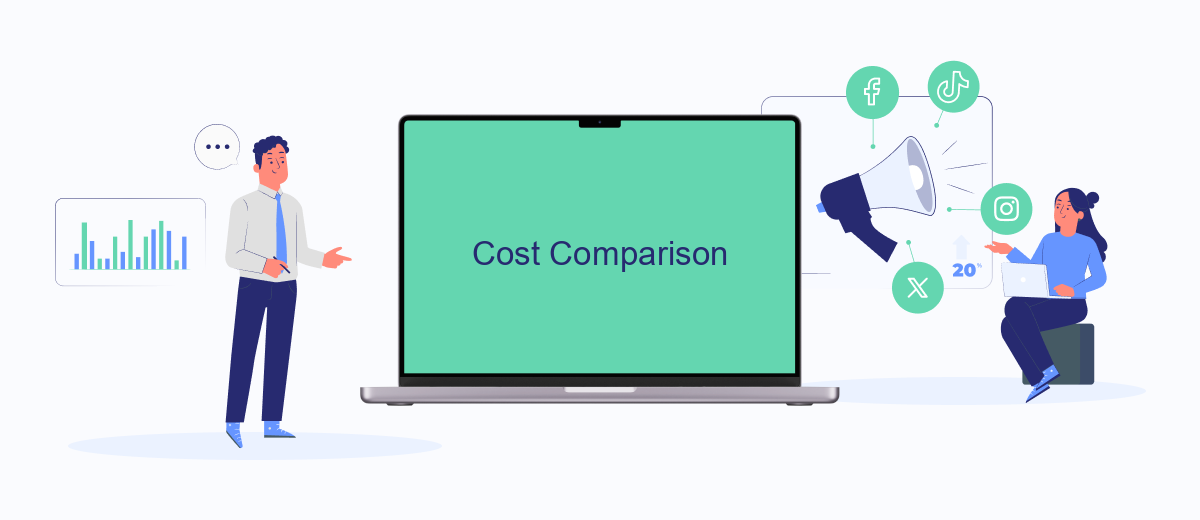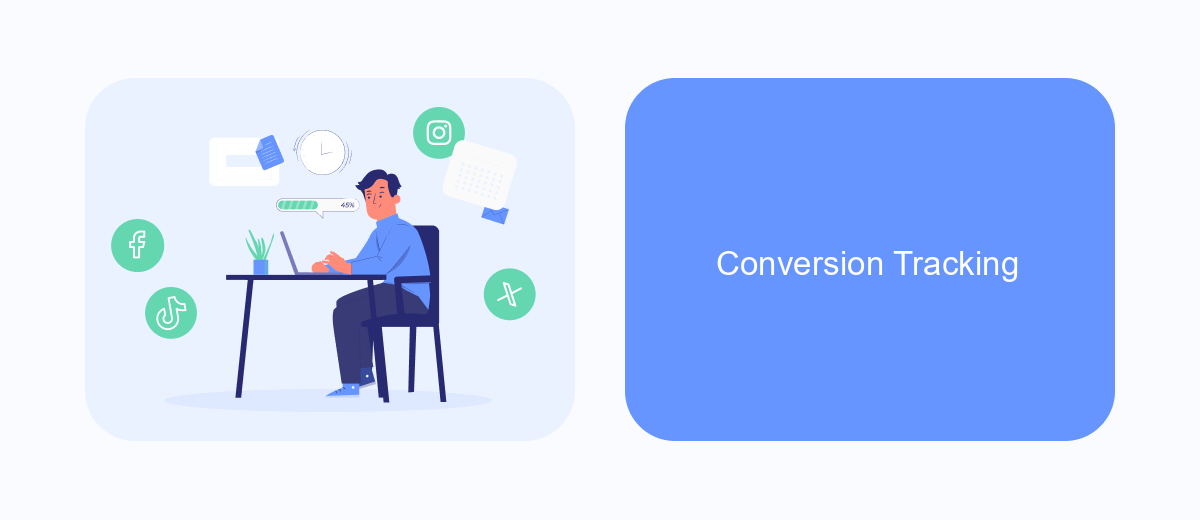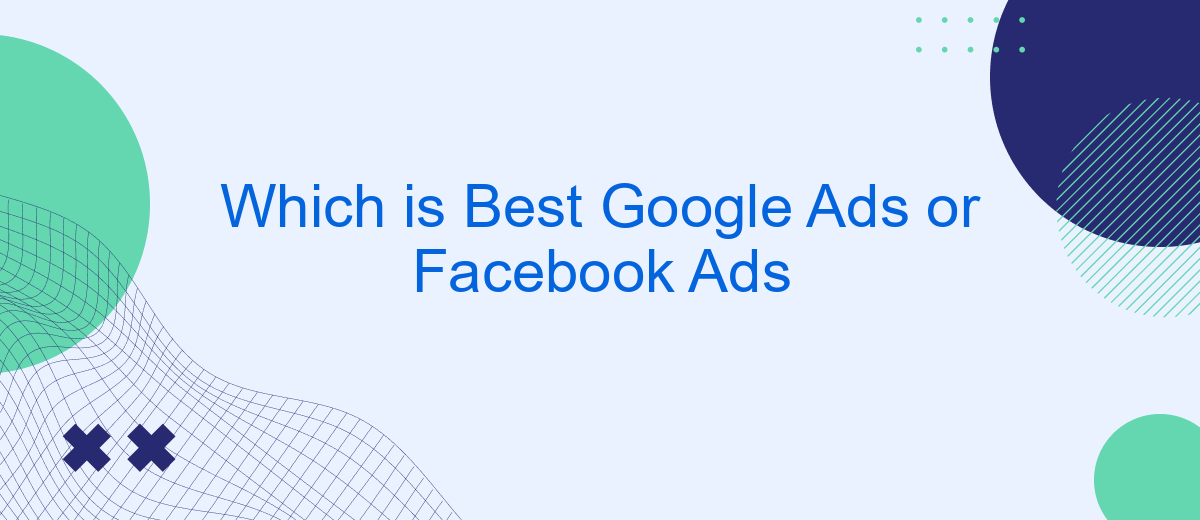In the ever-evolving landscape of digital marketing, businesses are often faced with the crucial decision of choosing the most effective advertising platform. Google Ads and Facebook Ads are two giants in this realm, each offering unique benefits and targeting capabilities. This article delves into the strengths and weaknesses of both platforms to help you determine which is best suited for your marketing goals.
GoogleAds vs FacebookAds
When comparing Google Ads and Facebook Ads, it's essential to understand their unique strengths and capabilities. Google Ads is known for its intent-based targeting, allowing businesses to capture users actively searching for specific products or services. In contrast, Facebook Ads excels in demographic and interest-based targeting, making it ideal for reaching a broader audience based on their profiles and behaviors.
- Google Ads: Best for capturing high-intent users through search queries.
- Facebook Ads: Ideal for targeting users based on demographics and interests.
- Google Ads: Suitable for businesses with a clear keyword strategy.
- Facebook Ads: Great for brand awareness and audience engagement.
Ultimately, the choice between Google Ads and Facebook Ads depends on your business goals and target audience. For those looking to streamline their advertising efforts, integrating both platforms can be highly effective. Tools like SaveMyLeads can automate lead management, ensuring you capture and nurture leads efficiently from both Google and Facebook campaigns.
Audience Targeting

When it comes to audience targeting, both Google Ads and Facebook Ads offer robust options, but they serve different purposes. Google Ads primarily leverages intent-based targeting through keywords. This means you can reach users who are actively searching for products or services similar to yours. Google’s extensive data allows advertisers to target users based on search history, location, and even device usage, making it highly effective for capturing high-intent leads.
On the other hand, Facebook Ads excel in demographic and interest-based targeting. With Facebook's rich user data, you can target audiences based on age, gender, interests, and behaviors. This makes it an excellent platform for brand awareness and reaching potential customers who may not be actively searching but are likely to be interested in your offerings. Additionally, tools like SaveMyLeads can streamline the integration of your ad campaigns with CRM systems, ensuring that you capture and nurture leads efficiently across both platforms.
Cost Comparison

When comparing the costs of Google Ads and Facebook Ads, it's essential to consider various factors such as budget, bidding strategies, and audience targeting. Both platforms offer unique advantages and pricing models, making them suitable for different types of businesses and marketing goals.
- Google Ads: Typically operates on a pay-per-click (PPC) model, where advertisers pay each time a user clicks on their ad. The cost-per-click (CPC) can vary widely depending on the competitiveness of the keywords. Google Ads is generally more expensive due to higher competition, especially for popular search terms.
- Facebook Ads: Uses a cost-per-impression (CPM) or cost-per-click (CPC) model. The overall cost tends to be lower than Google Ads, making it more accessible for small businesses. Facebook's advanced targeting options allow advertisers to reach specific demographics, which can lead to more cost-effective campaigns.
In conclusion, the choice between Google Ads and Facebook Ads largely depends on your business objectives and budget. Google Ads may be more suitable for businesses looking to capture high-intent search traffic, while Facebook Ads can be more cost-effective for brand awareness and targeted campaigns. For seamless integration and management of your advertising efforts, tools like SaveMyLeads can be invaluable in automating and optimizing your ad campaigns across both platforms.
Conversion Tracking

Conversion tracking is a critical component for evaluating the effectiveness of your ad campaigns, whether you're using Google Ads or Facebook Ads. It allows you to measure the actions users take after clicking on your ad, providing valuable insights into your return on investment (ROI) and overall campaign performance.
Both platforms offer robust conversion tracking tools. Google Ads uses Google Analytics and conversion tracking tags, while Facebook Ads relies on the Facebook Pixel. These tools help you monitor various user activities, such as purchases, sign-ups, and form submissions, enabling you to optimize your campaigns for better results.
- Google Ads: Google Analytics, conversion tracking tags
- Facebook Ads: Facebook Pixel
For seamless integration and efficient management of your conversion tracking, consider using services like SaveMyLeads. This platform automates the process of connecting your ad accounts with various CRM systems and other tools, ensuring you capture all necessary data without manual intervention. By leveraging such services, you can focus more on strategy and less on technical setup, ultimately improving your campaign performance.
- Automate the work with leads from the Facebook advertising account
- Empower with integrations and instant transfer of leads
- Don't spend money on developers or integrators
- Save time by automating routine tasks
Integration Options
When it comes to integrating Google Ads and Facebook Ads into your marketing strategy, there are several options available to streamline your campaigns. Both platforms offer built-in tools for tracking and analyzing performance, but for those looking for more advanced solutions, third-party services like SaveMyLeads can be invaluable. SaveMyLeads simplifies the process of connecting your advertising accounts with CRM systems, email marketing tools, and other essential business applications, ensuring that your lead data is seamlessly synchronized across all platforms.
Using integration services, you can automate data transfers between Google Ads and Facebook Ads, reducing manual effort and minimizing errors. SaveMyLeads, for instance, allows you to set up triggers and actions that automatically move lead information from your ad campaigns to your preferred CRM or email marketing software. This not only saves time but also helps maintain a consistent and accurate database, enabling you to focus more on optimizing your ad strategies and less on administrative tasks.
FAQ
What are the main differences between Google Ads and Facebook Ads?
Which platform is better for e-commerce businesses?
How do I decide which platform to use for my business?
Can I use both Google Ads and Facebook Ads together?
How can I automate and optimize my ad campaigns on both platforms?
Don't waste another minute manually transferring leads from Facebook to other systems. SaveMyLeads is a simple and effective tool that will allow you to automate this process so that you don't have to spend time on the routine. Try SaveMyLeads features, make sure that this tool will relieve your employees and after 5 minutes of settings your business will start working faster.

